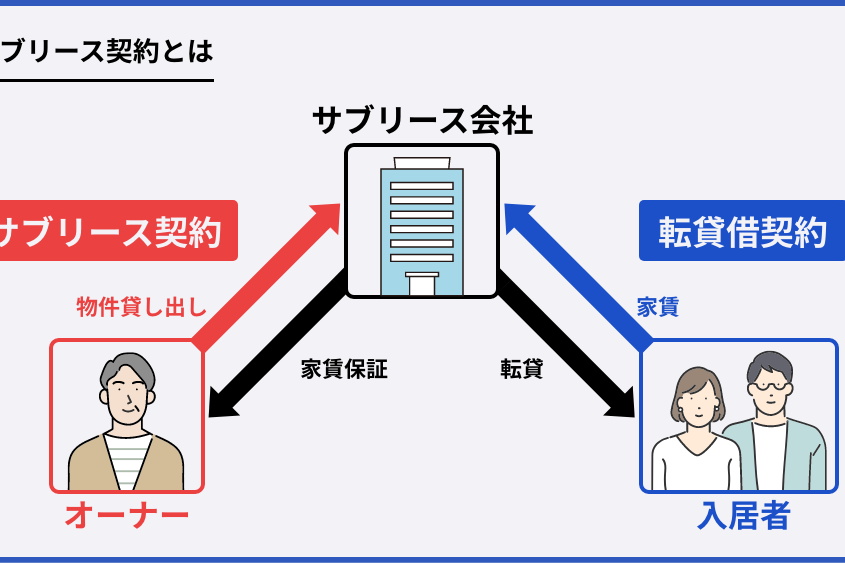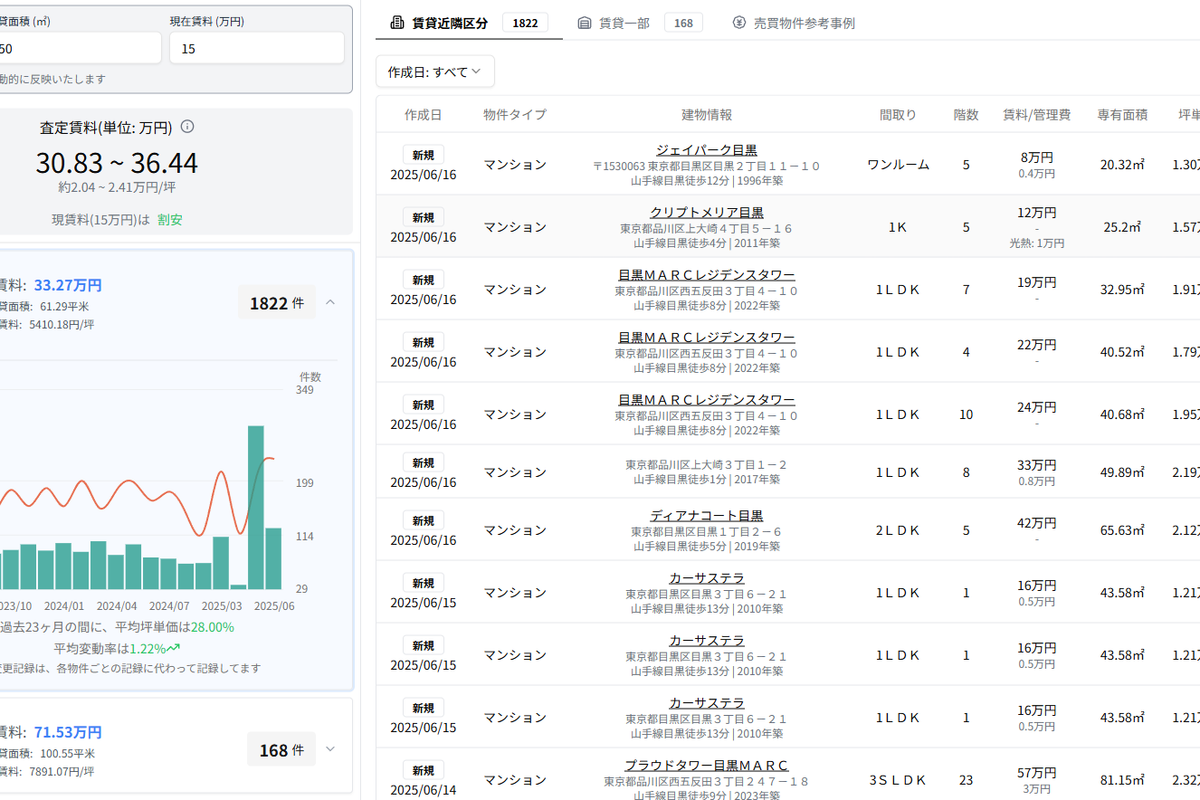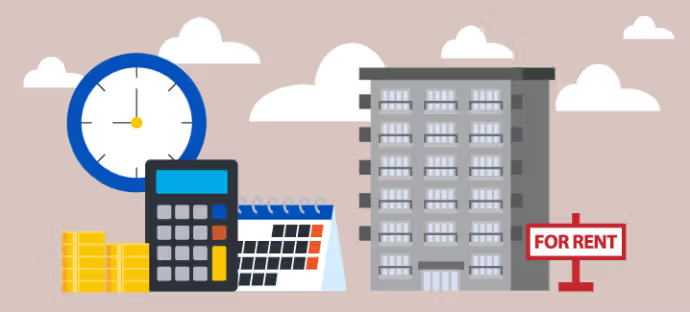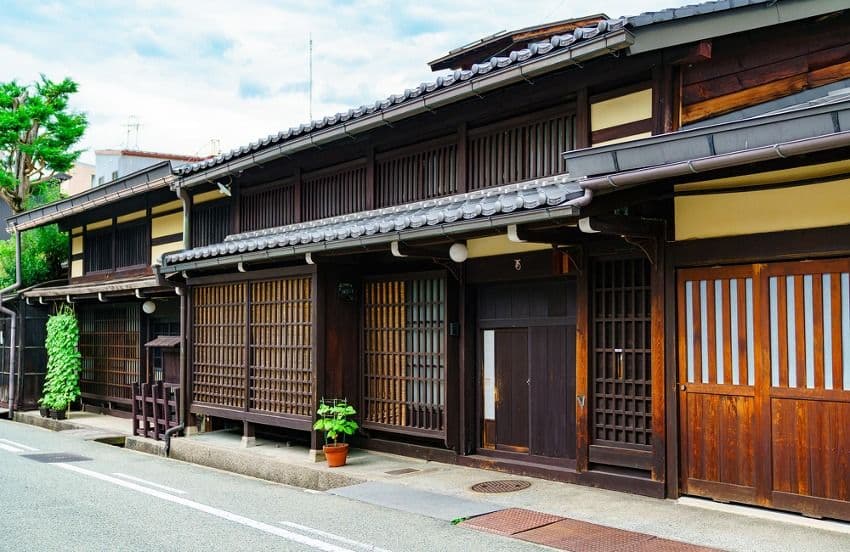Words: 924 | Estimated Reading Time: 5 minutes | Views: 1412
I often receive this question from friends interested in investing in Japanese property: “I want to invest in property in Japan, but I don’t know much and I’m worried about the hassle — can I delegate subleasing to a third party so it’s the most convenient and worry-free?”
Legitimate sublease (サブリース) arrangements do offer package services that solve almost every rental-related issue for the owner, allowing the owner to essentially ‘sit back and collect rent.’ However, the reality is that the market is mixed: sublease companies vary widely in quality, unethical practices are common, and sublease contracts contain many traps. How can one judge whether subleasing is feasible? This article explains in detail how sublease management contracts work, their advantages, and the points to watch. For readers considering real estate investment via sublease management, I hope this article serves as a useful reference.
#1 Sublease Management vs. Standard Management Entrustment
A sublease management (サブリース) contract is an agreement that delegates the rental management of a property to a property management company. It is often compared with the “management entrustment” model; both approaches can effectively reduce the owner’s management burden. Below I explain the mechanistic differences between a sublease contract and the management entrustment model.
Management entrustment model
Under the management entrustment model, the owner signs a contract with a property management company, and the management company handles tenant move-ins and move-outs, property administration, and related tasks. The key point is that only management tasks are outsourced: the lease is still signed between the owner and the tenant (typically facilitated by a real estate broker). Rent is generally paid directly by the tenant to the owner, although the owner can contract the management company to collect rent on their behalf. The management company’s fee is typically around 5%–10% of rental income. Under this model, the owner retains control over rent levels, tenant screening, and other leasing decisions, but must still bear vacancy risk themselves.
Sublease management (サブリース)
Under a sublease management (サブリース) contract, the owner leases the property to a company that specializes in property management; that company then re-leases the property to the actual occupants. Companies that operate this model are known as “sublease companies.” In the management entrustment model the lease relationship is “owner ↔ tenant”; in the sublease model the contractual relationship is “owner ↔ sublease company.” The sublease company handles rent collection and tenant acquisition, while the owner receives a fixed rent payment as stipulated in the contract.
The biggest advantage of a sublease contract is that the owner can receive near-full rental income even when units are vacant (the sublease company typically pays the owner after deducting a management fee of around 10%–20% from total rent), thereby greatly reducing vacancy risk. On the other hand, because most management responsibilities are delegated to the sublease company, it is crucial to choose your partner carefully. When investing under a sublease model, select a company with strong tenant-sourcing capabilities, stable operations, and low bankruptcy risk.

#2. Advantages of the Sublease Model:
Investing via sublease management (サブリース) can provide the following benefits:
Outsource property management tasks
Reduce vacancy and rent-default risk, obtain stable income
Reduce the administrative burden of income tax filing
✅ First: Outsource property management tasks Operating rental property involves many tasks, such as:
Tenant recruitment
Rent collection
Move-in and move-out procedures
Lease renewals
Handling tenant complaints
Building maintenance and repairs
It is difficult for an owner to handle all of these tasks single-handedly on an ongoing basis. Under a sublease management contract, all of the above management duties related to operating the property can be delegated to the sublease company, significantly reducing the owner’s administrative burden. Depending on the contract terms, some management costs—such as advertising expenses for tenant recruitment or restoration costs after a tenant leaves—may also be covered by the sublease company.
✅ Second: Reduce vacancy and rent-default risk, obtain stable income
The defining feature of a sublease contract is that the owner receives stable income regardless of whether units are vacant or tenants default on rent. In traditional leasing, income comes directly from tenants, so vacancy or tenant nonpayment are serious risks. With sublease management, because the owner leases to the sublease company rather than to the end tenant, vacancy risk is greatly reduced and the owner continues to receive a fixed monthly payment. However, owners must conduct market rent research to verify that the fixed rent promised by the sublease company is normal and reasonable.
Promises of rent that are too high or too low both pose significant risks to the owner. When conducting a market rent survey, you can use rental listing websites such as suumo or athome. In addition to public sites, I personally use the rent lookup function in the URBALYTICS platform to check nearby comparable rents and average unit prices by address, which helps establish a reasonable rent level for the subject property and determine an appropriate sublease price.

Urbalytics live rent lookup — Meguro Station
✅ Also reduces the income tax filing burden
Under a sublease contract, the owner’s workload for income tax filing (final tax return) can be significantly reduced. In ordinary rental operations, owners must track and categorize various expenses such as repair and advertising costs and keep detailed records for tax reporting. Under a sublease contract, many of those expenses—repair costs, advertising, etc.—are borne by the sublease company, so the owner only needs to report the rental income received under the contract, not manage large numbers of detailed expense items. This greatly lowers the administrative burden for tax filing.
Copyright: This article is original content by the author. Please do not reproduce, copy, or quote without permission. For usage requests, please contact the author or this site.





